Starry Night Petunias: Plant, Grow & Care
Introduction
The starry night petunia is a captivating plant that enchants gardeners and plant enthusiasts alike. With its velvety purple petals adorned with specks of white resembling stars scattered across the night sky, it stands out as one of the most visually striking flowers available. This unique plant belongs to the NightSky series, a group of petunias known for their cosmic-like appearance. The starry night petunia is not only admired for its beauty but also for its adaptability, allowing it to thrive in garden beds, hanging baskets, and containers. In this comprehensive guide, we’ll explore everything you need to know about growing, caring for, and maximizing the impact of starry night petunias in your garden. Whether you’re a seasoned gardener or a beginner, this guide will inspire you to incorporate this extraordinary flower into your outdoor space.
What Makes Starry Night Petunias Unique?
The starry night petunia is more than just a pretty flower—it’s a testament to nature’s artistry. Its rich purple petals are dotted with irregular white speckles, creating a starry effect that draws attention and admiration. This variety is relatively low-maintenance and prolific, producing blooms consistently throughout the growing season.
Unlike other petunia varieties, the starry night petunia offers a combination of aesthetic appeal and hardiness. Its ability to adapt to different growing environments makes it an excellent choice for both large gardens and small urban spaces. Additionally, these petunias are pollinator-friendly, attracting bees and butterflies, which contribute to a healthy and thriving garden ecosystem.

Planting Starry Night Petunias
Planting starry night petunias involves thoughtful preparation to create an environment where these stunning flowers can thrive and showcase their celestial beauty. From choosing the right location to proper spacing, here’s a step-by-step guide to ensure successful growth.
Choosing the Perfect Spot
Starry night petunias flourish in full sunlight, needing at least six hours of direct sun daily to produce their signature vibrant blooms. In hotter climates, partial shade during the afternoon can prevent heat stress and help maintain their striking coloration. These versatile plants are equally well-suited for garden beds, hanging baskets, or containers. If outdoor space is limited, growing them as indoor window plants is an excellent option, provided they receive ample light.
Preparing the Soil
Healthy soil is the foundation of flourishing petunias. Starry night petunias prefer well-draining soil that is rich in nutrients. Enrich the planting area with organic compost to boost fertility and structure, or incorporate worm castings, known for their natural nutrient content. For areas prone to waterlogging, raised beds or pots with drainage holes can help protect roots from excessive moisture, which could lead to rot.
To maintain optimal soil conditions:
- Test the soil’s pH to ensure it is slightly acidic to neutral, ideally between 6.0 and 7.0.
- Add sand or perlite to heavy soils to improve drainage and aeration.
- Refresh container soil annually to replenish nutrients for vibrant growth.
Spacing and Planting
Proper spacing is essential for both airflow and growth. Space starry night petunia plants at least 12 inches apart to allow for healthy development and reduce the likelihood of fungal diseases. If you’re planting seeds, scatter them on the soil’s surface and press them lightly into place without fully covering them. This method ensures they receive enough light to germinate, as petunia seeds require light exposure for successful sprouting.
For added convenience, using pre-grown seedlings can jumpstart the process, especially if you’re planting in late spring or early summer. Once planted, water gently to settle the soil, taking care not to displace the seeds or seedlings. With these steps, your starry night petunias will be off to a flourishing start, ready to add their dazzling charm to your garden or patio.
How to Care for Starry Night Petunias
Proper care is key to ensuring that starry night petunias remain healthy and bloom consistently throughout the season.
Watering Requirements
Water your petunias regularly, especially during dry spells, to keep the soil consistently moist. Overwatering should be avoided, as it can lead to root rot. Potted plants may require more frequent watering due to faster soil evaporation.
Fertilization Tips
Feeding your starry night petunias with a balanced fertilizer every two weeks supports healthy growth and abundant blooms. For an organic option, use compost or worm castings to enrich the soil naturally. Fertilization is particularly important for petunias grown in containers, where nutrients are depleted more quickly.
Pruning and Deadheading
Regular deadheading, or the removal of spent blooms, encourages the plant to produce more flowers. Pruning leggy stems can also help maintain a bushier, more compact shape. For guidance on similar care techniques, refer to how to deadhead dahlias, which outlines best practices for maximizing flower production.
Common Challenges and How to Overcome Them
Despite being hardy, starry night petunias can face certain challenges that affect their growth and appearance.
Pests and Diseases
Common pests, such as aphids and spider mites, can damage the foliage and flowers. Inspect your plants regularly and use neem oil or insecticidal soap to address infestations. Proper spacing and well-drained soil can reduce the risk of fungal diseases like powdery mildew.
Weather-Related Stress
Extreme temperatures can cause blooms to fade or leaves to wilt. In hot climates, provide partial shade during the hottest part of the day, and in colder regions, consider planting petunias in pots that can be moved indoors during frosty conditions.
Nutrient Deficiency
Yellowing leaves may indicate a lack of nitrogen. Address this by using a balanced fertilizer or incorporating organic matter into the soil.
Creative Uses for Starry Night Petunias
The versatility of starry night petunias makes them ideal for various garden applications.
Hanging Baskets
When planted in hanging baskets, these petunias create a cascading effect, adding visual interest to balconies, patios, or entryways. Their starry appearance becomes even more striking when paired with complementary flowers that look like tulips or other colorful blooms.
Garden Borders
Plant starry night petunias along garden borders to create a dramatic visual contrast against greenery. Their compact growth habit makes them suitable for edging pathways or garden beds.
Mixed Containers
Combine starry night petunias with other ornamental plants, such as coleus or ivy, to create visually dynamic container arrangements. For more ideas, explore our article on easy vegetables to grow in pots, which can inspire creative container gardening setups.
Can Starry Night Petunias Be Grown Indoors?

Yes, starry night petunias can thrive indoors when provided with the right care and conditions. Their striking blooms make them a standout choice for indoor gardening, bringing vibrant color and charm to your home.
Light Requirements
Starry night petunias need plenty of light to maintain their vivid, galaxy-like appearance. Place them near a south-facing window where they can receive at least 6-8 hours of direct sunlight daily. If natural light is insufficient, supplement it with grow lights to ensure the plants get the illumination they need to thrive. Adjustable LED grow lights are particularly effective, allowing you to control the intensity and duration of light exposure.
Watering Needs
Indoor starry night petunias require moderate watering. The key is to keep the soil consistently moist but not soggy. Overwatering can lead to root rot, while underwatering may cause the plants to wilt and the blooms to fade. A simple way to maintain optimal moisture levels is by using a DIY plant watering bottle, which provides a steady supply of water without over-saturating the soil.
Potting Mix and Containers
Choosing the right potting mix is crucial for indoor petunias. Use a high-quality, well-draining mix enriched with organic matter to provide essential nutrients. Consider adding perlite or sand to improve aeration and drainage. Ensure your containers have proper drainage holes to prevent water from pooling at the bottom, which can lead to fungal issues.
Fertilization and Maintenance
Indoor-grown starry night petunias benefit from occasional fertilization to mimic outdoor conditions. Use a balanced, water-soluble fertilizer every 2-3 weeks during the growing season to support healthy blooms and foliage. Prune spent flowers and dead leaves regularly to encourage new growth and maintain the plant’s visual appeal.
Benefits of Growing Indoors
Growing starry night petunias indoors offers several advantages. You can enjoy their dazzling blooms year-round, regardless of outdoor weather conditions. Additionally, having them indoors allows you to control environmental factors such as light, temperature, and humidity, ensuring optimal growth.
By following these guidelines, you can successfully grow starry night petunias indoors, transforming your home into a vibrant, celestial-inspired sanctuary.
Benefits of Growing Starry Night Petunias
Planting starry night petunias offers more than just aesthetic value.
Low Maintenance
These petunias require minimal effort to maintain, making them an excellent choice for beginners and busy gardeners alike.
Pollinator Attraction
The vibrant blooms attract bees and butterflies, supporting pollinator populations and contributing to a healthy ecosystem.
Long-Lasting Blooms
With proper care, starry night petunias can bloom from spring through fall, providing continuous color throughout the growing season.
Conclusion
The starry night petunia is a true masterpiece of nature, combining beauty, versatility, and ease of care. Whether planted in garden beds, containers, or hanging baskets, these flowers create a mesmerizing display that captures the imagination. By providing the right growing conditions, regular maintenance, and creative uses, you can enjoy the charm of starry night petunias throughout the season. Explore related care tips in how tall do sugar snap peas grow to optimize your overall gardening success.


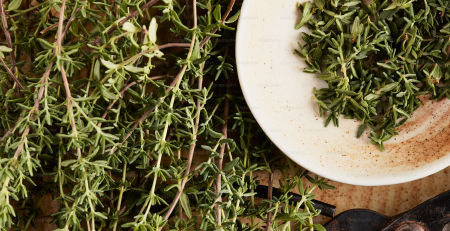
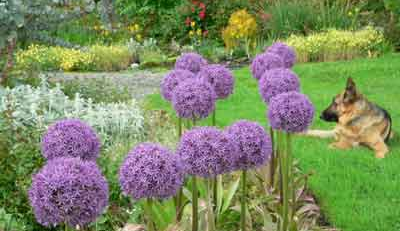

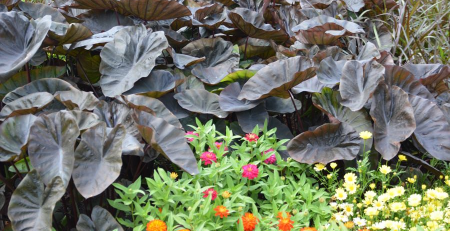
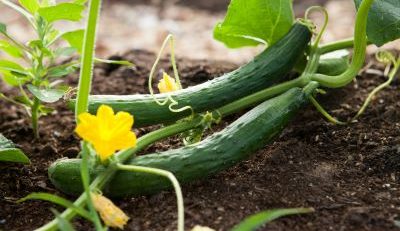
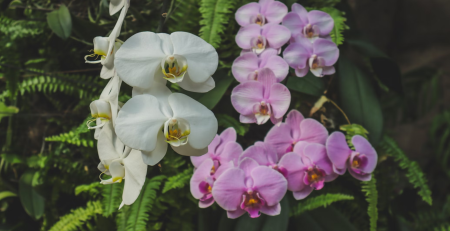


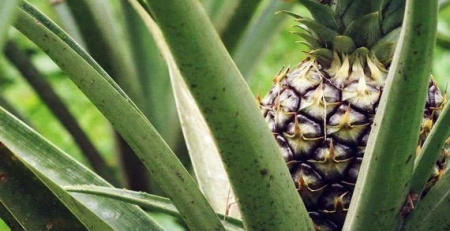

Leave a Reply